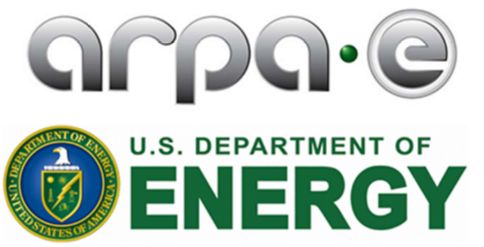Part 2 of 2 Parts (Plea read Part 1 first)
Most of the current Generation III nuclear power reactors are light-water reactors. They dominate the field of nuclear power because of a variety of political, economic and strategic reasons. Southern Company is currently constructing twin Generation III pressurized water reactors in Geogia . Each reactor is a standard Westinghouse AP1000 design that generates just over one gigawatt.
The Generation IV reactor designs currently being developed come in all shapes and sizes. Some of the designs are so old that they date back to the dawn of the era of nuclear power. In contrast to Generation III reactors, Generation IV reators are a fraction of the size and capacity of the former. They also are being designed with a variety of cooling systems and materials.
Here are some examples of Generation IV reactor designs:
• Oregon-based NuScale Power’s seventy seven megawatt small modular reactors
• General Atomics has a fifty-megawatt helium cooled fast modular reactor
• Kairos Power is developeing a one hundred and forty megawatt molten fluoride salt reactor
There are many other Generation IV designs that would be attractive to different businesses with different policy objects.
Many Generation IV reactors designs either explicitly recycle used fuel or they can be reconfigured to use recycled fuel. On the 3rd of June, TerraPower, GE Hitachi and the State of Wyoming announced an agreement to build a demonstration version of their three hundred forty five-megawatt Natrium design which is a sodium-cooled fast reactor.
Natrium is technically able to recycle fuel for power generation. Oklo has already reached an agreement with Idaho National Laboratory to operate its one and a half megawatt “microreactor” with recycled used fuel. Elysium Industries has said that their molten salt reactor is designed to burn spent nuclear fuel. Alabama based Flibe Energy promotes the spent nuclear fuel burning capability of its thorium reactor design.
The success of Generation IV advanced reactors does not depend on the resolution of the nuclear waste issue. While Generation IV reactors may be capable of burning recycled fuel, they do not have to. However, incentizing waste recycling would certainly improve their economics.
The term “incentivize” is used here in the sense of “pay”. Policymakers who support the idea of fuel recycling should consider ways to make it more profitable for power plants to recycle fuel rather than having to import fresh nuclear fuel from Canada, Kazakhstan, Australia, Russia and other countries.
The political support for advanced nuclear technology which includes recycling is much deeper than might be expected. In 2019, the Senate confirmed Dr. Rita Baranwal as the Assistant Secretary for Nuclear Energy at the Department of Energy (DOE). She is trained as a materials scientist and is a strong supporter of recycling.
The new Biden administration has continued broadly bipartisan support for advanced nuclear reactors in it’s proposed Fiscal Year 2022 Budget Request to increase funing for the DoE’s Office of Nuclear Energy by almost three hundred and fifty million. Their proposal includes specific funding increases for research and developing reactor concepts (plus thirty two million dollars), fuel cycle research and development (plus fifty nine million dollars), and advanced reactor demonstrations (plus one hundred and twenty million dollars), and tripling funding for the Versatile Test Reactor (from forty million dollars to one hundred and forty five million dollars.)
Last month, the DoE’s Advanced Research Projects Agency-Energy (ARPA-E) announced a new $40 million program. The purpose of the new program is to support research in “optimizing” nuclear waste and disposal from the new generation of advanced reactors. This includes reactors that recycle nuclear fuel. The announcement explicitly states that the lack of a solution to the nuclear waste problem definitely “poses a challenge” to the future of Generation IV reactors.
The debate over the ultimate disposition of spent nuclear fuel is a reminder that recycling in general is a very messy process. Recycling is chemical, machine and energy intensive. Recycling of all kinds, from critical minerals to plastic bottles unfortunately produces new waste. Currently, federal and state governments are very active in recycling these other waste streams. They should be equally involved in recycling nuclear waste.
